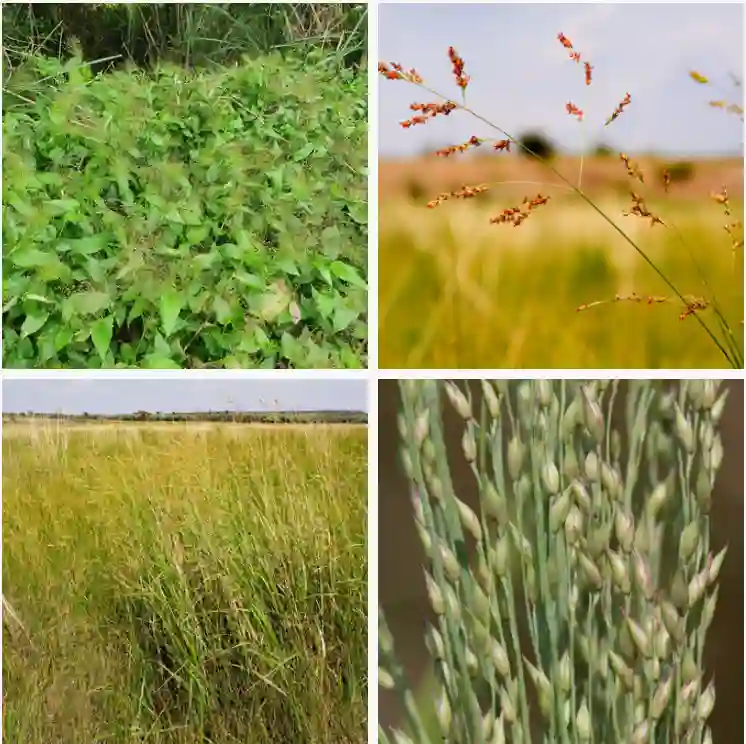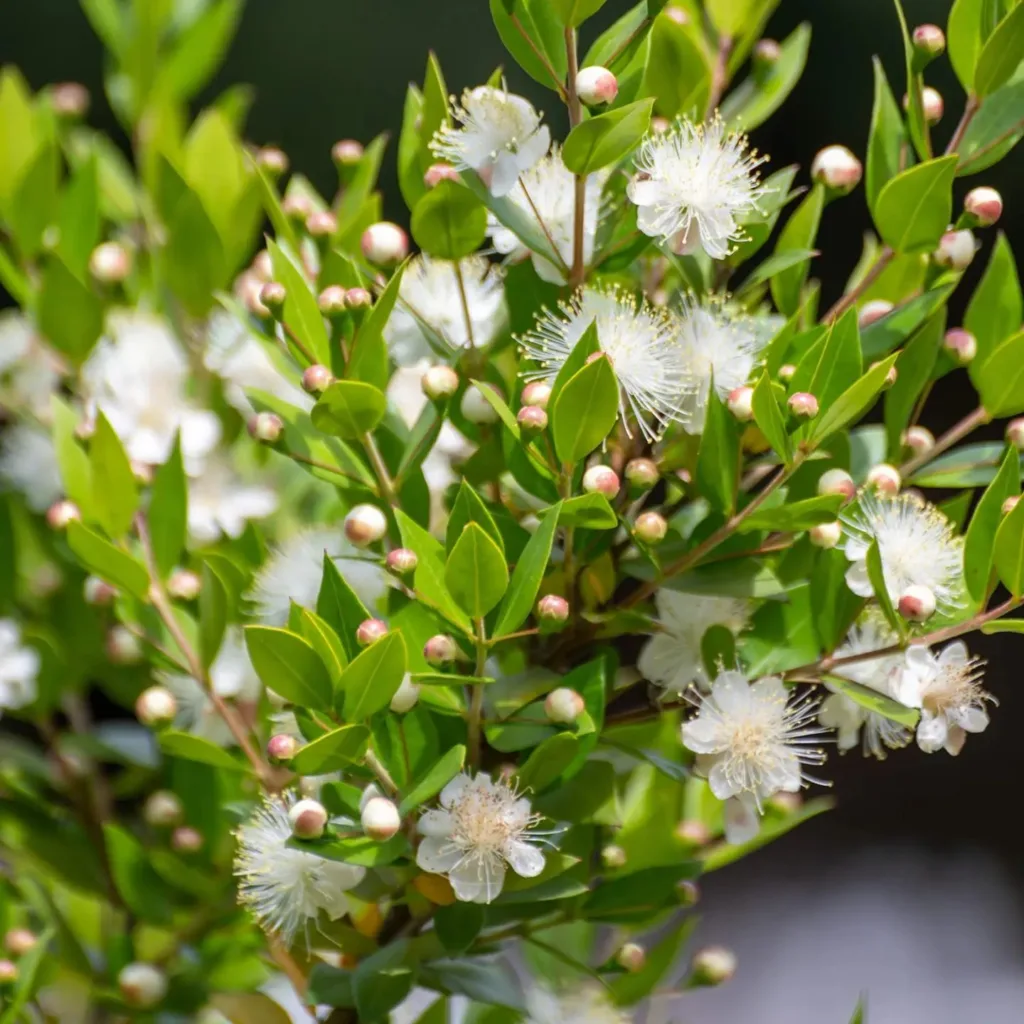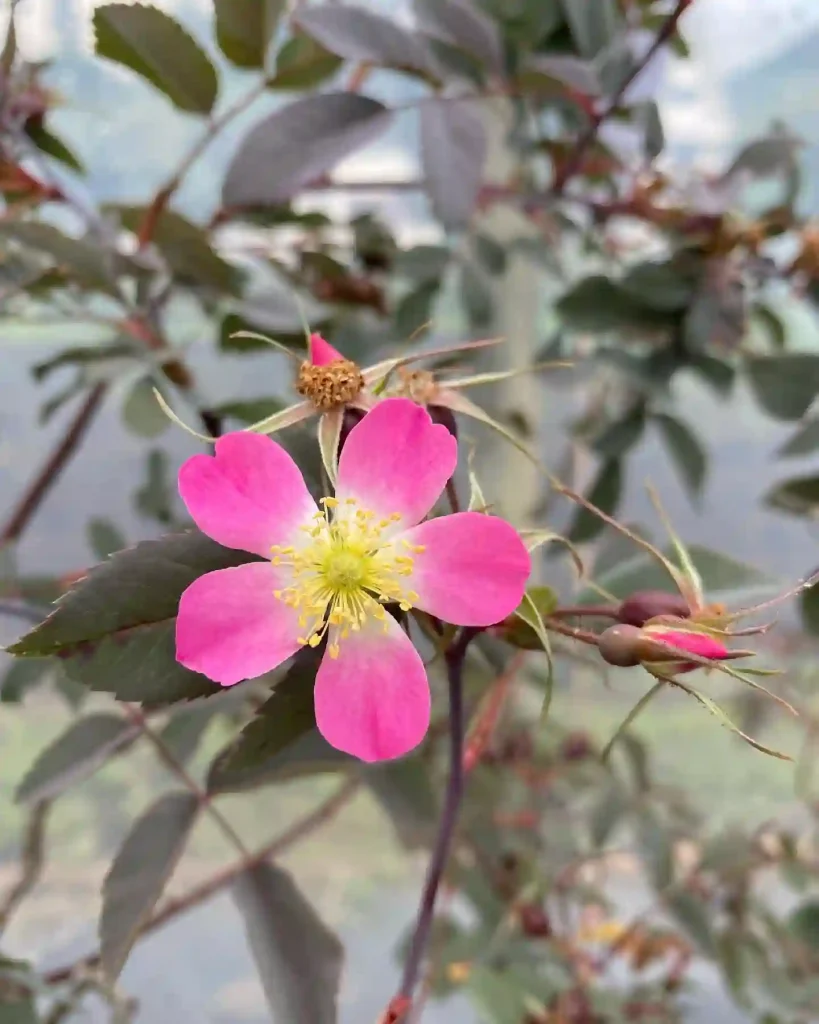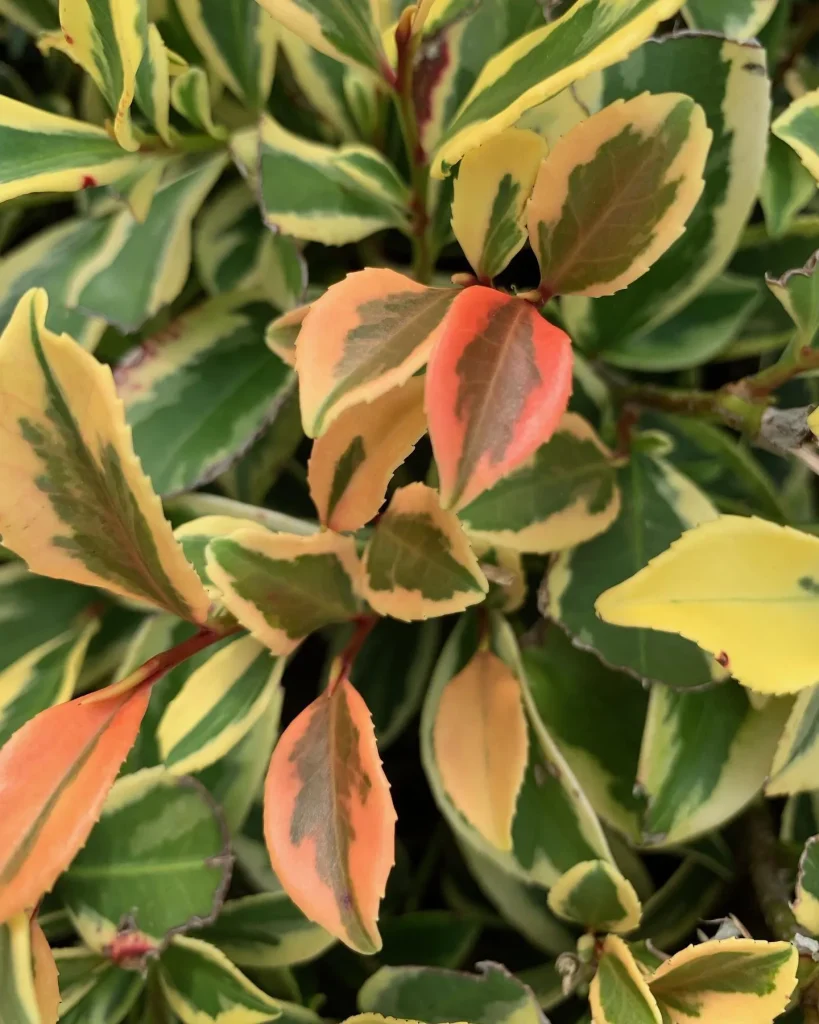All About Lapsana communis: The Common Nipplewort
Hi there, Ferb Vu here. I’m a plant enthusiast, and today, we’re diving into the world of Lapsana communis, also known as the common nipplewort. This little wildflower might not be the flashiest bloom, but it’s a fascinating plant with a surprising history.
So, whether you’re a seasoned gardener or just curious about the flora around you, buckle up and let’s explore the wonders of Lapsana communis.
What is Lapsana communis?
Lapsana communis is a flowering plant belonging to the Asteraceae family, the same family as daisies and sunflowers. It’s native to Europe and southwestern Asia but has become naturalized in many regions, including North America.
This herbaceous plant typically grows 1 to 1.2 meters tall, with erect, hairy stems and milky sap. The real giveaway, though, are the bright yellow flowers that resemble dandelions. But unlike dandelions, nipplewort flowers are smaller and clustered in loose, branching panicles.
Where do you find Lapsana communis?
Nipplewort thrives in disturbed areas, favoring waste ground, roadsides, and even cultivated gardens (though some might consider it a weed). It prefers moist, fertile soil and tolerates partial shade.
This adaptable plant is quite the globetrotter, thanks to human activity. It’s now found across North America, Asia, and even parts of South America.
Is Lapsana communis edible?
This is a question I get a lot. The answer is yes, Lapsana communis is edible. The young leaves, with their slightly bitter taste, can be added to salads for a peppery kick. Some folks even use them as a potherb.
However, a word of caution: always be 100% certain about the identity of a wild plant before consuming it. There are poisonous look-alikes out there, so consult a reliable field guide or expert if you’re unsure.
Is Lapsana communis related to dandelions?
Spotting the resemblance between nipplewort and dandelions is easy. Both have bright yellow, composite flowers with ray florets. But here’s the thing: they’re not that closely related.
Think of it like this: dandelions belong to the genus Taraxacum, while nipplewort falls under Lapsana. They’re distant cousins within the Asteraceae family, sharing some characteristics but with distinct lineages.
Look-alikes to be aware of:
While Lapsana communis is generally safe, there are a couple of look-alikes to be cautious of:
- Sonchus spp. (Sow Thistle): This plant shares similar yellow flowers and leaves with nipplewort. However, sow thistle has prickly leaves and hollow stems, unlike nipplewort’s smooth leaves and solid stems.
- Lactuca spp. (Wild Lettuce): Another yellow-flowered wildflower, wild lettuce has lobed leaves that are more pointed than nipplewort’s. Additionally, the milky sap of wild lettuce is much thicker than nipplewort’s.
When foraging for wild edibles, it’s crucial to be confident in your identification skills. If you’re unsure, err on the side of caution and avoid consuming the plant.
Uses of Lapsana communis:
Beyond its potential as a salad green, Lapsana communis has some interesting historical uses:
- Folk Medicine: In some cultures, nipplewort leaves were used as a poultice for wounds and skin conditions. However, there’s limited scientific evidence to support these claims.
- Food Source: During times of hardship, the leaves and young shoots of nipplewort were used as a food source.
Conclusion:
Lapsana communis, the common nipplewort, might not be the most glamorous wildflower, but it’s a resilient and adaptable plant with a surprising amount of history behind it. Whether you’re interested in its potential culinary uses or simply curious about the flora in your area, Lapsana communis is a fascinating plant worth learning about.
Remember, when venturing into the world of wild edibles, exercise caution and proper identification before consuming any plant.
If i die, water my plants!



